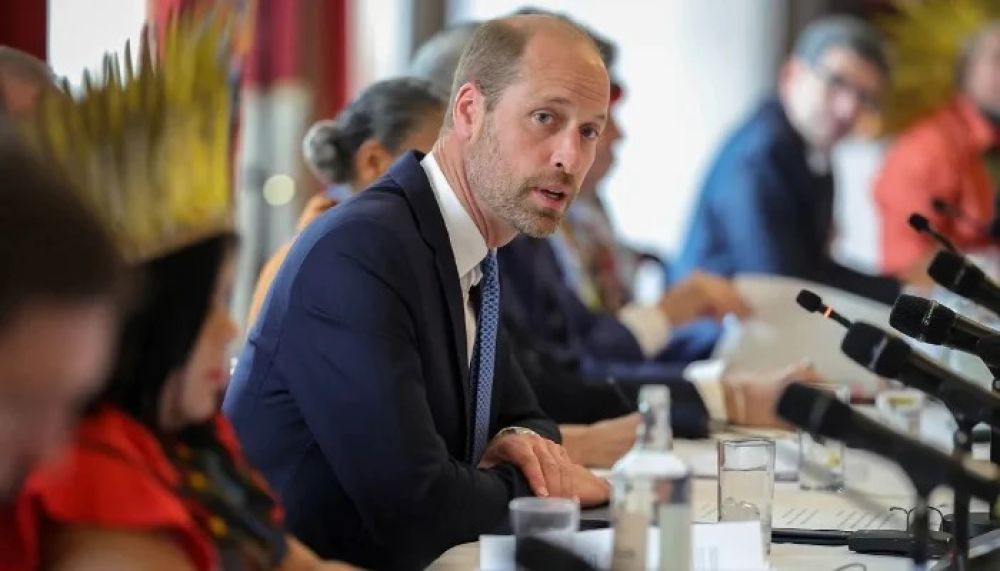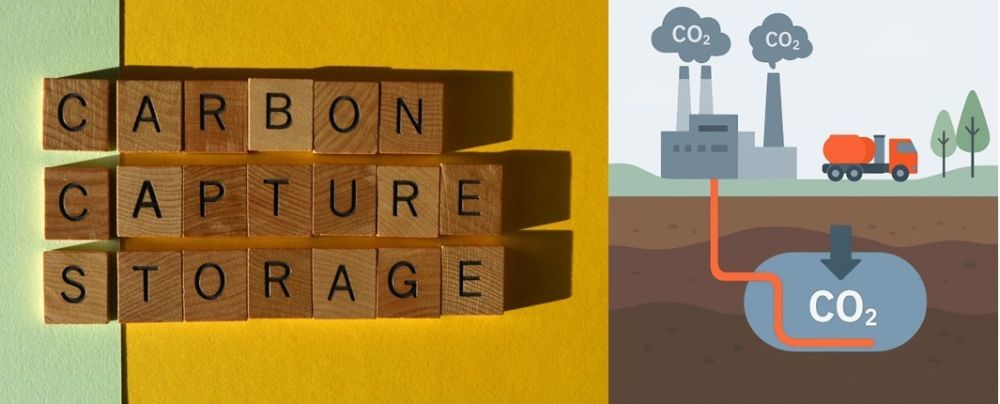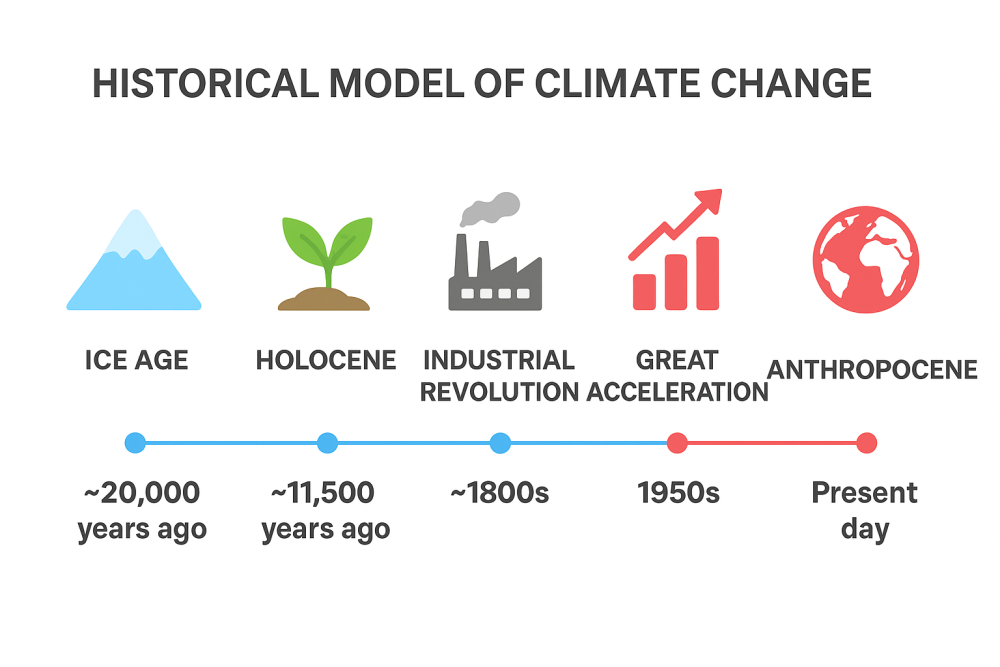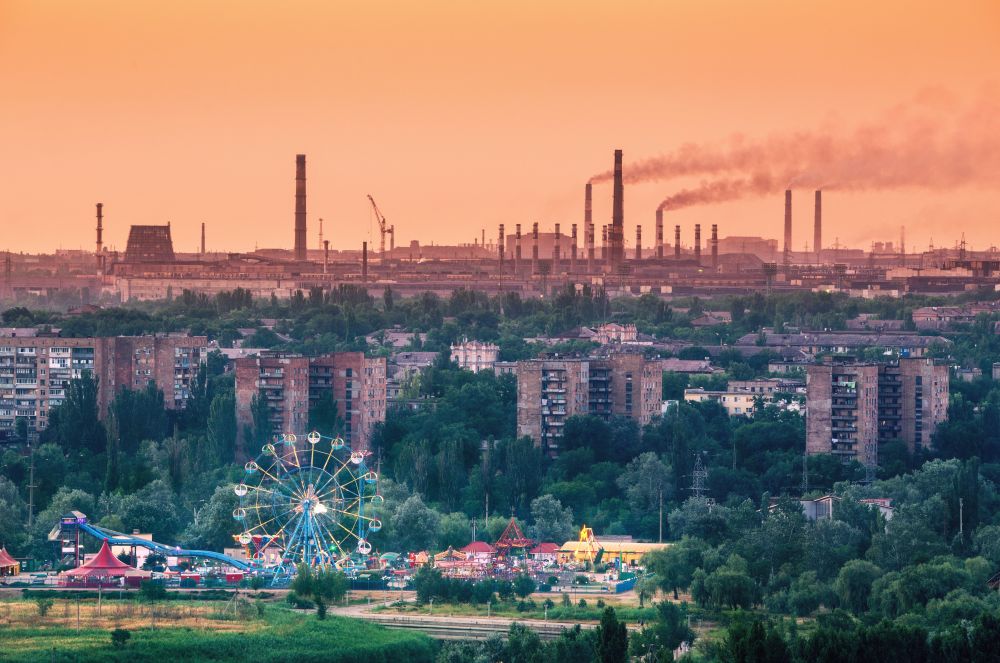19/25 🌳 Climate vs. Trees: The Race That Forests Are Losing
Posted 3 months ago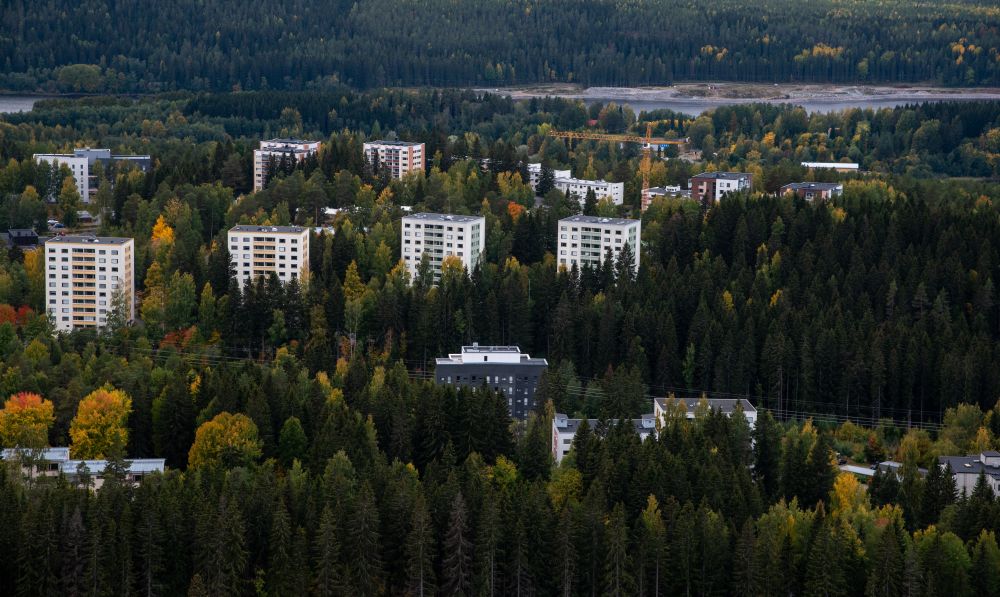
Human-driven climate change is accelerating at a breathtaking pace, warming our planet in just decades. Yet forests are responding far more slowly. A major scientific study reveals that forests lag behind the climate by 100 to 200 years.
Digging Into the Past to Predict the Future
To uncover this timeline, researchers analyzed plant pollen preserved in lake sediments, some dating back 600,000 years. By examining how shifts in pollen types (reflecting tree species changes) correspond with temperature swings, they discovered that forests only begin to “catch up” after one to two centuries, roughly the lifespan of forests themselves.
From Trickles to Tremors
Their powerful analytical tool, spectral analysis, threads together changes occurring over years, centuries, and even millennia. The results paint a clear picture: forests change slowly at first, but after about 800 years, large-scale shifts driven by climate variability kick in.
Why This Matters
Today, we’re pushing planet-warming into high gear. But forests, with their natural inertia, are struggling to keep pace. That mismatch risks tipping ecosystems into decline, resulting in reduced biodiversity, weakened carbon storage, and degraded habitat quality.
A Helping Hand for Trees
Given this mismatch, the study advocates “assisted migration.” That means actively planting tree species that are better suited for future climates, moving them northward or to higher altitudes to align forests with forecast warming. But this is just one tool in a larger kit needed to safeguard forests through turbulent climatic times.
Business & Conservation Takeaway
- Investors in forestry need to rethink timelines. Trees aren’t overnight yields; they mirror centuries-long shifts.
- Governments should adopt long-term forest management plans, including data-driven replanting and assisted migration strategies.
- Consumers can support products and projects that fund proactive forestry initiatives—think sustainably certified wood or reforestation bonds.
While climate change races ahead, forests lumber behind. This study signals an urgent need to combat warming and actively guide forest ecosystems into a stable future. The question we face isn’t only how fast we burn carbon but also how we help forests adapt fast enough to still thrive.


